|
|
 |
This product is also available for other popular motorcycle transmissions, as shown in the Table below. |
Do you own (or plan to own) a classic 1972-* 5-speed Triumph Bonneville, Tiger, Trophy or Thunderbird 650cc twin, 750 twin, or 750 triple? The original 5-speed transmissions on these models are excellent, but did you know they're not the only ones available? The 5-speed (used on “B” Range twin models with VIN T140, TR7, TR65, and the X75, T150, T160, BSA A75 triples) is only one of several transmissions available from Triple Cycles, Quaife, &c. for different purposes, such as side-car, road racing, scrambles etc., and they can be easily interchanged using the instructions in your service manual.
If your Triumph is a 650 unit or pre-unit twin with a 4-speed transmission, these same components can be retro-fitted into your transmission case with only minor modifications. I also offer a separate product for the 1963-72 4-speed transmissions used in the T120, TR6 &c. Sorry, I have nothing available yet for the 1958-74 “C” Range 500cc unit twins such as Daytona, 3TA, T90, 5TA, T100A, T100C, T100R, T100SS, T100T, TR5T &c. I have also written an equivalent spreadsheet for several other British, Harley-Davidson and Yamaha transmissions, click here to see more details:  . .
Transmission internal ratios (what’s different between your transmission and the factory options) happens inside the transmission - the relationship between 1st & 2nd, etc.) have nothing to do with overall drive ratios (a function of sprocket sizes, which determines top speed).
“Close” ratios, while a main-stay of bench race conversation, are absolutely not what you want for street use, or even for some racing venues.
Even if you already knew all the available tooth counts and internal ratios (some are not common), actually comparing them includes:
» RPM % lost on a shift
» RPM % recovered on a shift
» actual RPM in the new gear after upshift
» lowest RPM reached in the entire range
» miles per hour at a specific RPM for corner changes
» top speed in high gear
» overall gear ratio including final drive sprockets
This is a huge amount of work, but it’s essential if you race AHRMA or similar venues, since it permits you to re-think your internal choices after a hot lap to get the best possible selection for that track condition. Exactly where in the course your shift points should occur will change with any engine mods, such as exhaust length, cam choice, rider weight, sprocket sizes, etc. and there is no “right” ratio choice for every race - or even the same race under different conditions. Ever wonder why your opponent places ahead of you with a weaker engine? He may simply have made a more favorable ratio choice - now you can, too.
Want to know more about what factors are involved in choosing a ratio? Click here:  . . |
I have written, after many, many hours of research, a spreadsheet that already contains the number of gear teeth (not sprocket sizes) as data, and accepts engine RPM, primary drive components, transmission and rear sprocket choices, and wheel diameter as variable inputs, and makes all of these calculations and comparisons on all possible ratio combinations instantly & automatically. The |  |

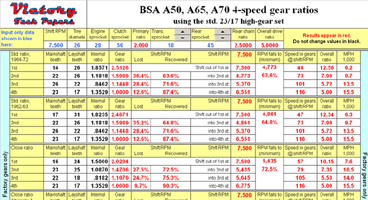 . . |
results can be printed out, and kept with your tools and race spares, and then used to analyze your race results and plan for the next race. Shown, right, as a sample, is part of the equivalent product for the BSA A65 spreadsheet, click on it to see a larger version. Click here to see the actual product:  . . |
Again, this is not yet another table of sprocket size vs. miles per hour, and does not require you to know anything about your transmission other than what parts you already have, and your purpose.
The choices compared include the “standard” factory ratio, and many other combinations made by simply substituting gear pairs from Triple Cycles and Quaife for a total of 11 different internal ratio combinations. This does not require complex machining, but simple procedures as described in your service manual. The alternate choices include:
» 6 potentially useful ratios, including Triple Cycles & Quaife based on the std. high gear.
» 5 potentially useful ratios based on the Triple Cycles & Quaife close-ratio high gear.
Please note: this is not a “coffee table book” or repair manual, it does not explain how to service your transmission or repair worn parts - use it with your service manual. It is a research tool for those who seriously want to improve the efficiency of their transmissions.
This product is a Microsoft Excel® “.xls” spreadsheet. If you have a PC-type computer (or Microsoft Excel® software in your Unix or Mac-based system) this will work automatically with your existing program. Simply double-click the file name in your e-mail program (under “attachments”), and it will launch the program.
If you do not have Microsoft Excel®, you can download “Open Office” for free, and use it to open the file. Get it here:  .
Upon receipt of your PayPal .
Upon receipt of your PayPal payment the file will be promptly sent to your e-mail address within 24 hours. Before purchase, you must read the copyright notice and use agreement; click here:  . .
Price: $9.95. This item is subject to sales tax for New York residents at your local rate.
Sorry, I can't take your credit card directly but PayPal can, see below.
Please do not e-mail me for information that is printed here.
This product is also available for other popular motorcycle transmissions as shown in the Table below. |
Use your Visa or Mastercard to pay with PayPal |
Triumph 650 & 750
4-speed
|
Triumph & BSA twin & triple
5-speed
|
BSA A50, A65 & A70
unit 4-speed
|
BSA A7, A10 &
Gold Star 350 & 500
pre-unit 4-speed
|
Norton 88, Dominator,
Atlas, Commando
4-speed
|
Yamaha 650 SOHC twin
XS1 & XS650
5-speed
|
H-D 1956-90 Sportster & KH
4-speed
|
H-D Sportster & Buell
5-speed
|
Harley-Davidson big twin
1936-* 4 & 5-speed
|
See these Victory Library booklets |
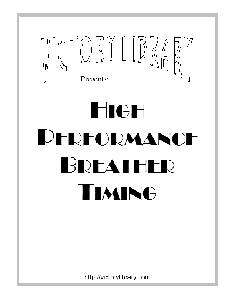
|
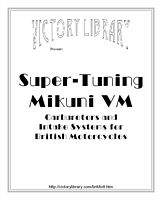
|
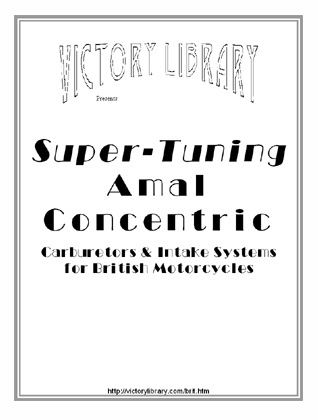
|
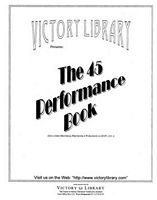
|
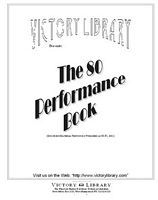
|
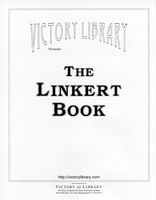
|
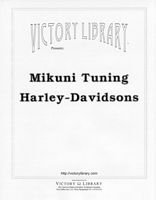
|

|
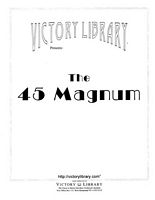
|
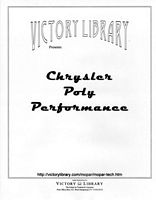
|
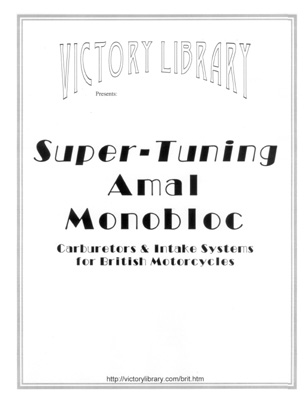
|
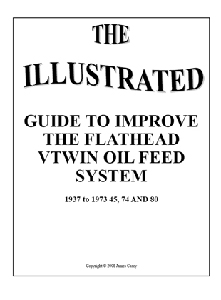
|
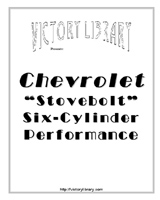
|
| |





































